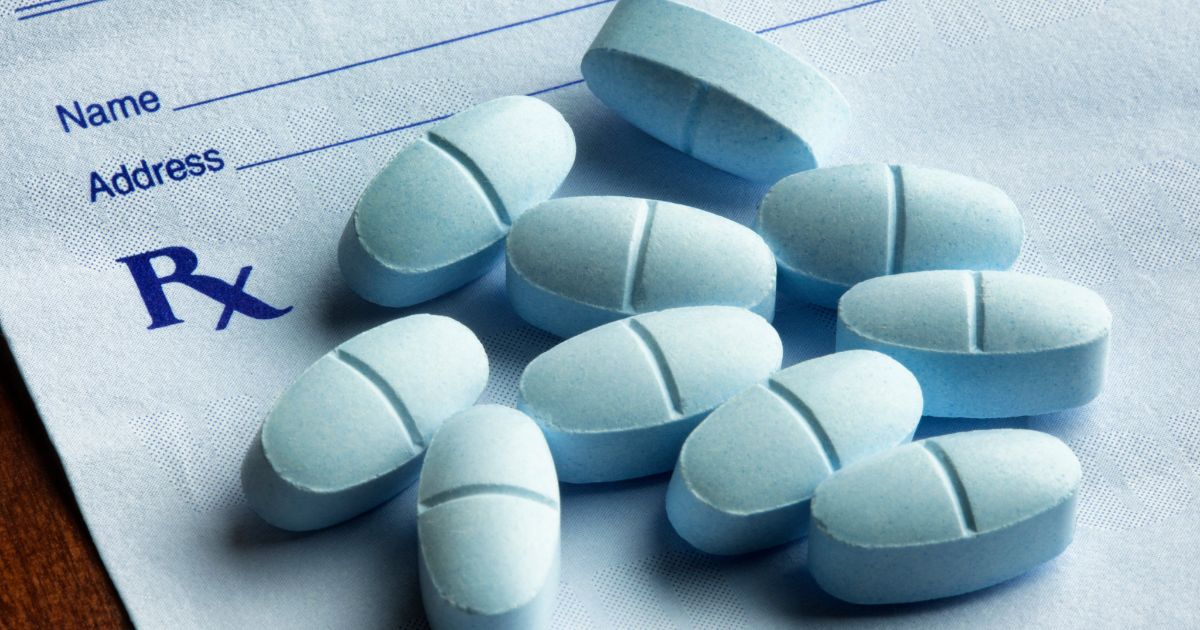How To Treat Corns And Calluses
Calluses and corns are caused by repetitive motion and friction. Calluses present as hard, thickened skin layers that can be flaky and dry. Corns are rounded with a hard center, and pain is often felt under the skin. Both can develop on the hands, fingers, feet, and toes. Calluses are rarely painful, but corns are usually painful to the touch. They develop by wearing improperly fitted shoes, not wearing socks, and from repetitive motion as seen with writing, tool use, and with playing instruments. There are many ways to avoid getting corns and calluses including eliminating the friction causing them. Get reading now to learn about more treatment methods.
Callus Medication

There are many over-the-counter remedies for corns and calluses, most of which contain a small amount of salicylic acid, a beta-hydroxy acid. Salicylic acid is keratolytic, which means it has skin-peeling properties. Essentially, this burns away the hardened, outer layers to reveal softer layers of skin underneath. Prescription callus medication has a higher concentration of salicylic acid, or it uses other keratolytic agents like urea, glycolic acid, malic acid, or lactic acid. It is important to note diabetes patients must use extreme caution with any over-the-counter callus medications. Due to decreased blood flow to the feet, nerve damage, and numbness, these acids can cause ulcers to develop before being felt by a patient with diabetes.
Learn more about treating corns and calluses now.